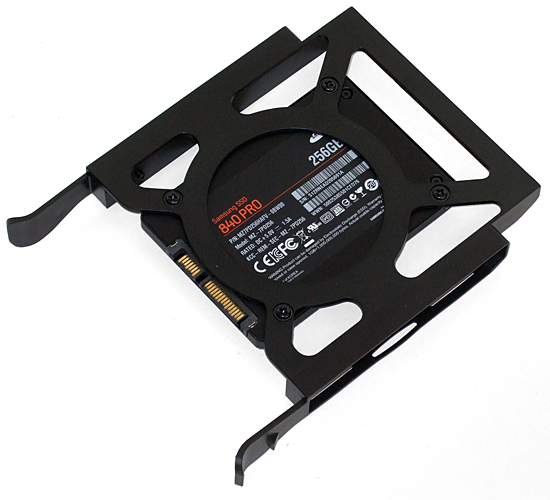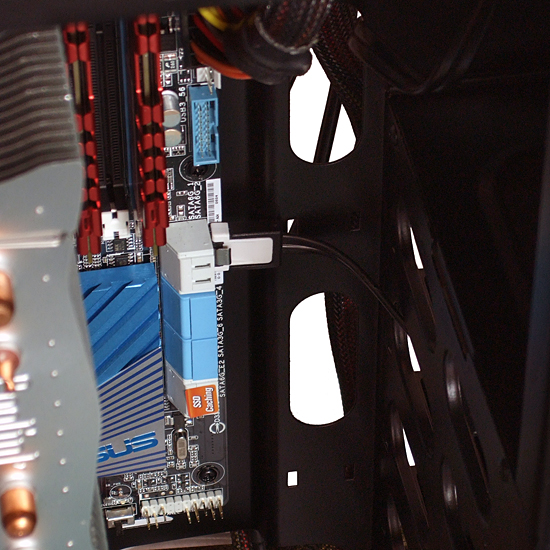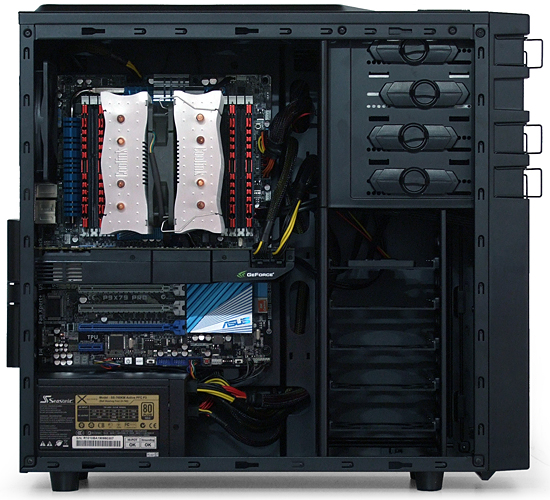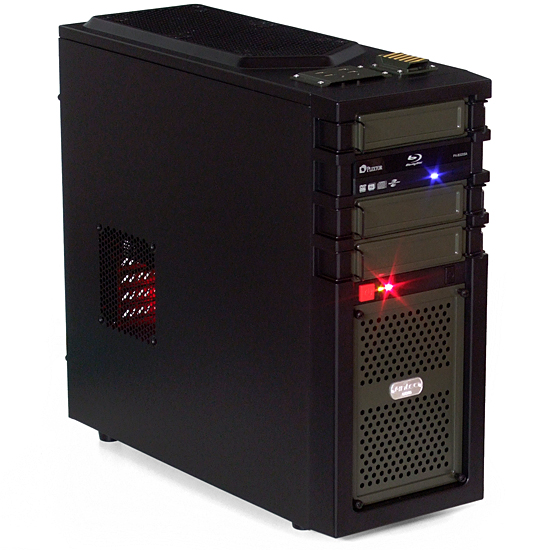The Final Three: Sub-$100 Cases For Your Gaming Build
The journey was a long one, but we're finally wrapping up our round-up of sub-$100 gaming cases. Today we review the last three of 11 total product submissions and pick an overall favorite. The competition was vicious, but one model definitely stands out.
Building With The GX700
Antec designed its drive trays to expose cables on the insertion side, and then designed its drive cage for right-side insertion. This combination places cables against the right panel, as usual, but doesn’t require the left panel to be opened for drive removal.
Intended to make room for large power cords, a raised portion of the motherboard tray keeps us from installing oversized motherboards. That means it won't support the 10.5”-wide boards that were once popular among enthusiasts, limiting power users to the 9.625” ATX standard.
The raised edge is so close to the edge of a standard board that it almost blocks SATA cables as well. You can see it pushing against a connector in the image above.
The rest of the installation was fairly straightforward, with one more minor exception: the front-panel audio cable is so short we had to stretch it to reach our connector. And our connector is over an inch closer to the cable hole compared to most other motherboards. In other words, you might find it necessary to pull the cable out of its passage holes and loop it messily over the top of your motherboard.
The finished build looks ready for battle in spite of its modest materials. Though the panels of this sub-15-pound steel chassis feel a little flimsy, a rolled-edge drive cage braces it against lateral flex.
Get Tom's Hardware's best news and in-depth reviews, straight to your inbox.
Current page: Building With The GX700
Prev Page Antec GX700 Next Page Cooler Master Storm Scout 2 Advanced-
envy14tpe Thanks for doing the sub $100 cases. Obviously these are the most important ones.Reply
Is there any way tomshardware can put all the data together on a couple spreadsheets? -
JJ1217 I'd like to see an article for this for cases that are larger, like the HAF X, Switch 810, and a few others. Be interesting to see them compared.Reply -
Crashman Reply11083777 said:Thanks for doing the sub $100 cases. Obviously these are the most important ones.
Is there any way tomshardware can put all the data together on a couple spreadsheets?
Performance data?
http://www.tomshardware.com/reviews/antec-gx700-cooler-master-storm-scout-2-advanced-in-win-gt1,3512-10.html
Or do you mean dimensional data?
-
ojas Hey about the GX700: Only exhaust would mean more dust build up (negative internal air pressure) so how does that factor in?Reply -
envy14tpe Reply
That's exactly what I was looking for.11083962 said:11083777 said:Thanks for doing the sub $100 cases. Obviously these are the most important ones.
Is there any way tomshardware can put all the data together on a couple spreadsheets?
Performance data?
http://www.tomshardware.com/reviews/antec-gx700-cooler-master-storm-scout-2-advanced-in-win-gt1,3512-10.html
Or do you mean dimensional data?
-
vertexx Thanks for doing all the analysis. Cases are so subjective and have so many factors, and it all comes down to trade-offs.Reply
I thought the final analysis was perhaps a bit brief with so many cases reviewed. It would be good to see some type of point or rating system for different factors that go into overall case value (i.e. Finish Quality, Build Quality, Component Accessibility, Flexible Layout Options, Cable Management). -
Onus If one can deal with its anomalies (dealbreakers for some I'm sure), the Antec GX700 looks like a winner. I'm not sure about the styling, but that Ostrog does look like a good choice too. The Storm Scout looks like a bigtime value loser, and I'm very surprised Rosewill didn't do better. I suspect a lot of positions might change if you allow a certain amount of modding and tweaking though. I think this is why selecting a case will remain a matter of personal preference, regardless of what stock benchmarks show.Reply -
Spooderman I built my friend's PC in the In Win and it was a good experience. Cable management was acceptable, everything fit nicely, nice color scheme. There was an interesting moment when I noticed that the case was built to include its own standoffs in the form of raised bumps on the motherboard tray. This scared me because I didn't trust putting the mobo on the case, but I looked it up and apparently the standoffs that came with the case were only for micro ATX. The front panel design and lights were nice looking and mostly unobtrusive. Other than that, it was a great case to build in and I think I'll be using it for my next friend's build this summer. Out of all the cases I would recommend this one for a good building experience.Reply -
JPNpower So which is the good budget case that doesn't look like a flashy monster? I know it shouldn't matter, but I personally couldn't stand many of these cases sitting in my living room.Reply -
Onus I'd take a look at Fractal Designs or Lian Li for a much more subdued styling, and also quiet. I don't mind a blue light here or there (if only to tell me the PC is on, ready to do as I tell it), but I don't like garish either; not in the living room anyway.Reply




